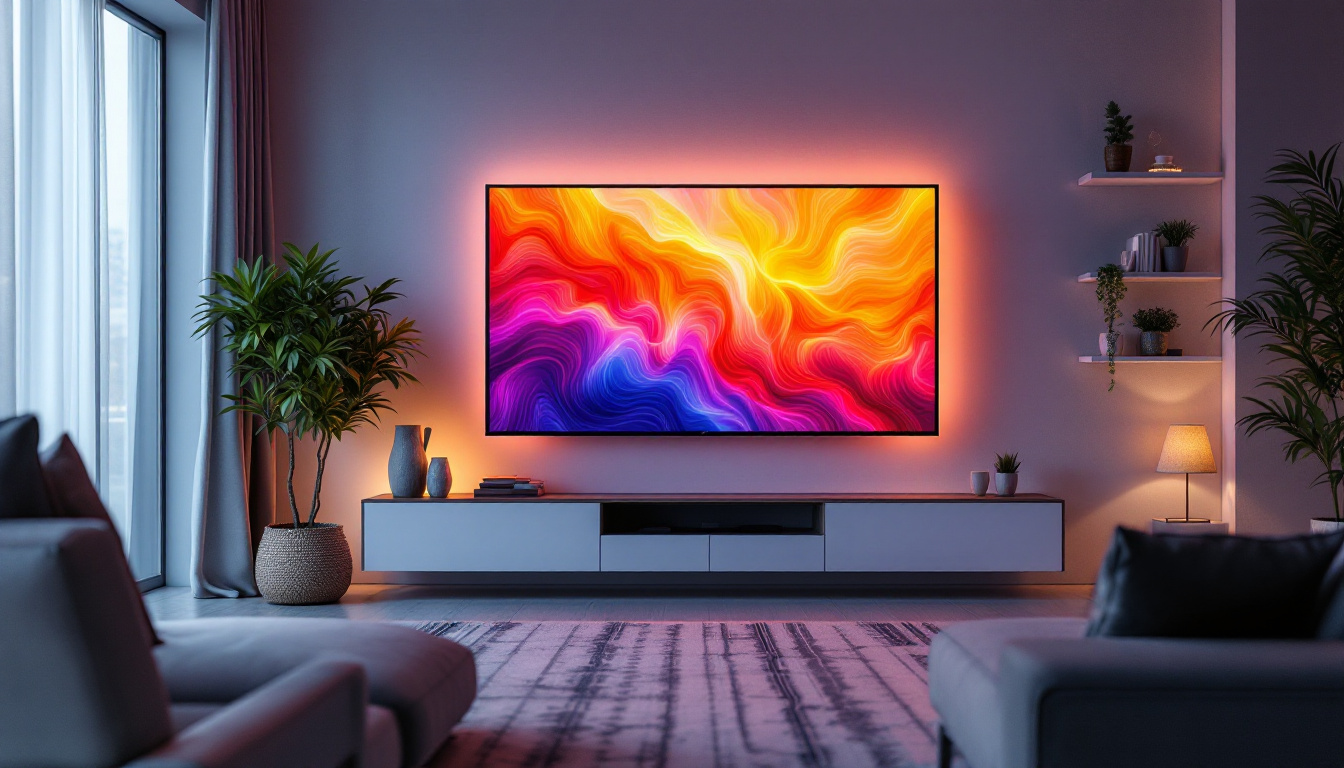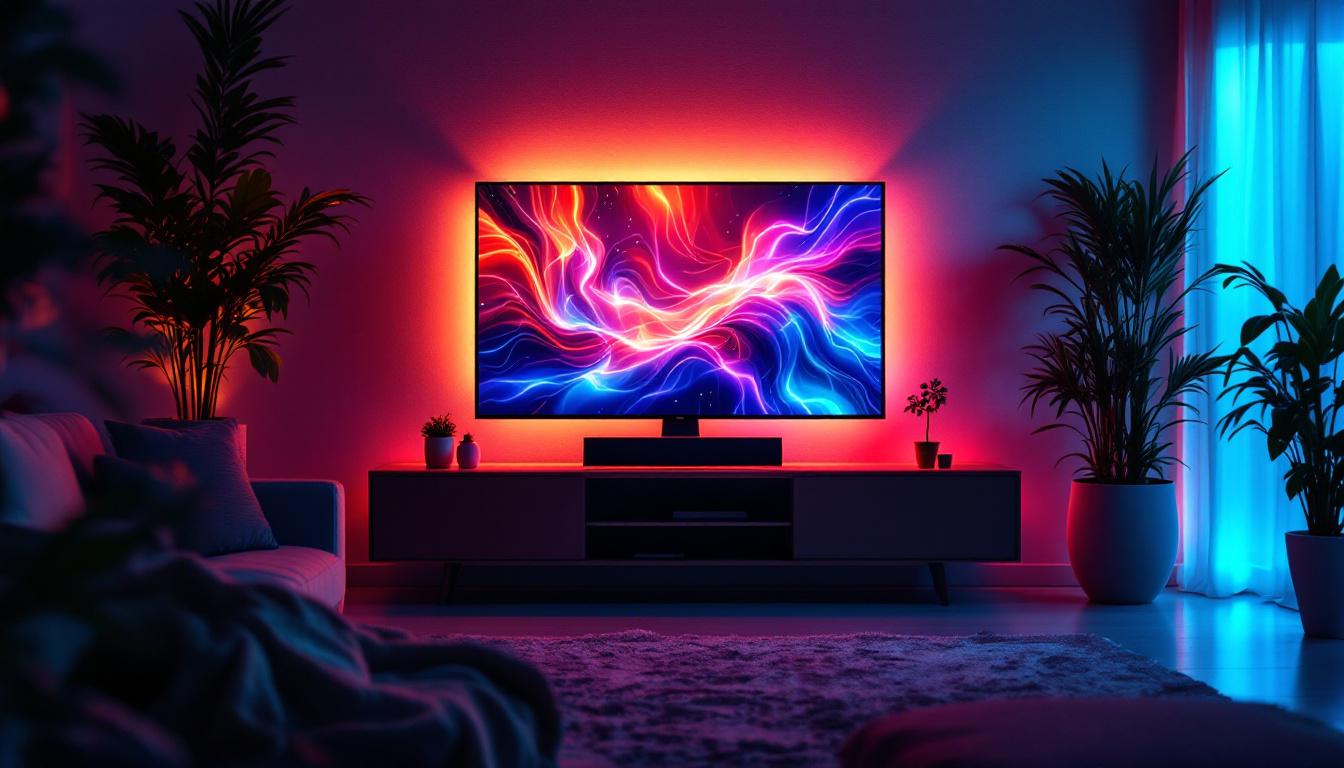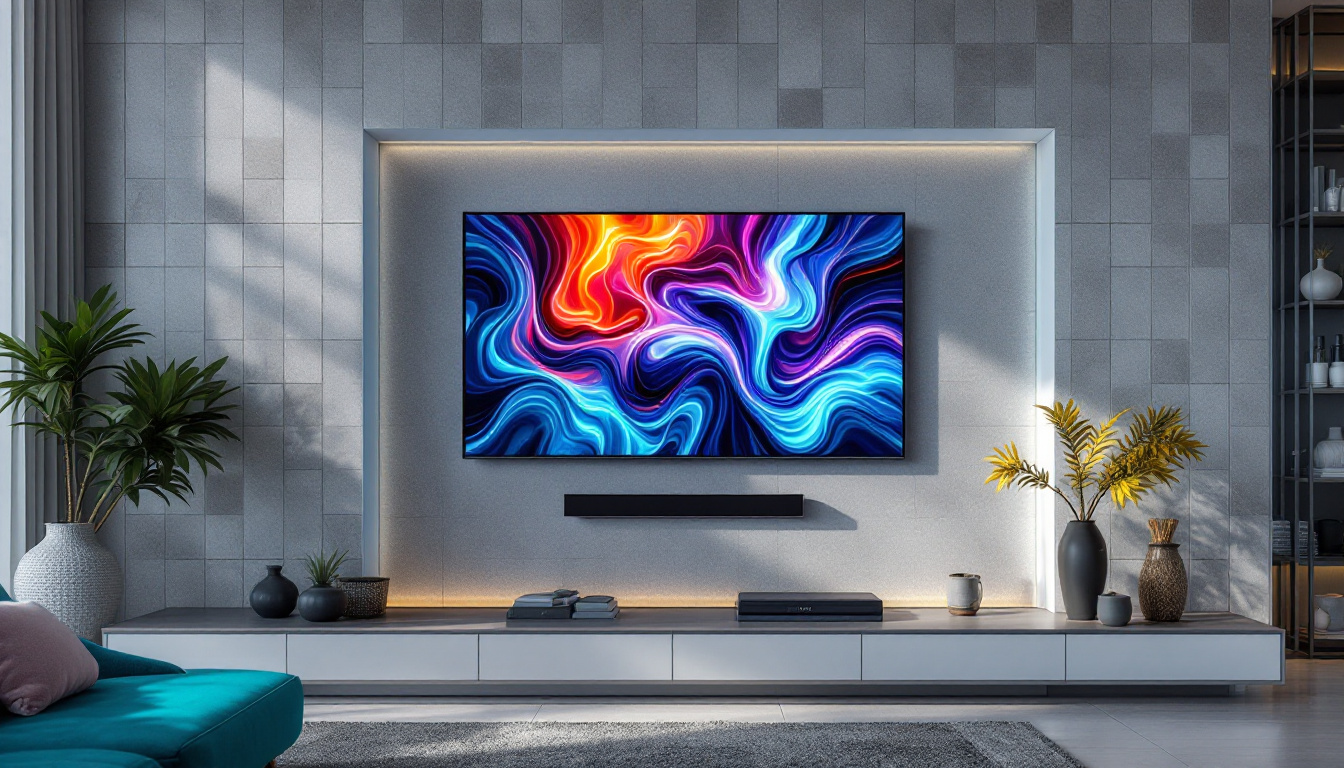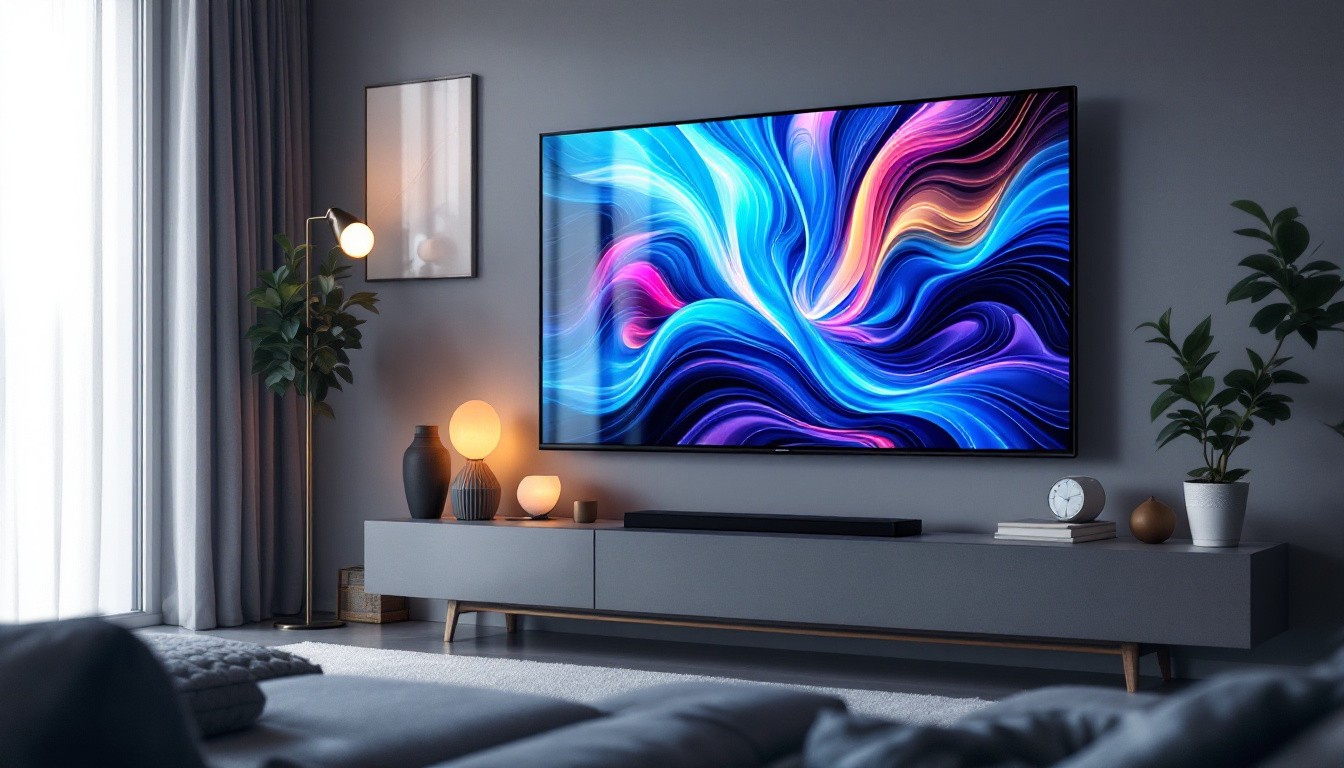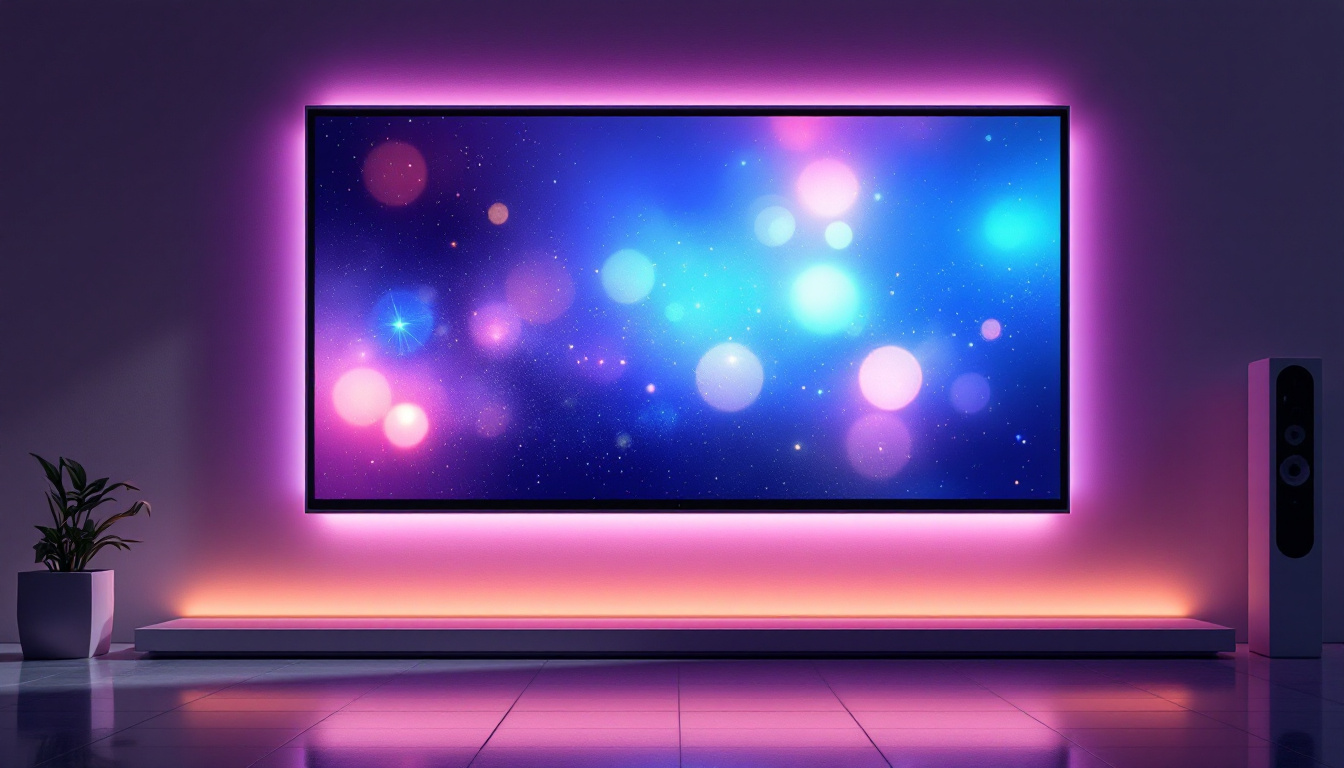In the world of televisions, the terms LCD and LED are often used interchangeably, leading to confusion among consumers. Understanding the differences and similarities between these technologies is crucial for making an informed purchase. This article delves into the intricacies of LCD screens and LED displays, exploring their functionalities, advantages, and the latest advancements in television technology.
Understanding LCD Technology
LCD, or Liquid Crystal Display, is a technology that has been around for several decades. It utilizes liquid crystals sandwiched between two layers of glass or plastic to create images. When an electric current passes through the liquid crystals, they align in a way that allows light to pass through or be blocked, thus forming images on the screen.
How LCD Works
The fundamental principle behind LCD technology is the manipulation of light. An LCD screen requires a backlight to illuminate the liquid crystals, as they do not emit light on their own. Traditionally, this backlight was provided by fluorescent lamps, but advancements have led to the integration of LED backlighting, which has significantly improved the performance and efficiency of LCD screens.
In an LCD panel, the liquid crystals are responsible for controlling the light that reaches the viewer’s eyes. By adjusting the alignment of these crystals, different colors and intensities of light are produced, creating the images we see on the screen. This technology allows for a thinner and lighter design compared to older display technologies like CRT (Cathode Ray Tube).
Advantages of LCD Displays
LCD screens offer several advantages that have contributed to their widespread adoption in televisions and other devices. One of the primary benefits is their energy efficiency. Compared to older technologies, LCDs consume less power, making them a more environmentally friendly option.
Additionally, LCD displays provide excellent image clarity and sharpness. They are capable of producing vibrant colors and high-resolution images, which enhance the viewing experience. The ability to produce large screens without significant distortion is another reason why LCD technology remains popular.
Moreover, LCD technology has evolved to include various enhancements, such as higher refresh rates and improved response times, which are particularly beneficial for gaming and fast-paced video content. With the introduction of technologies like IPS (In-Plane Switching) and VA (Vertical Alignment), LCD displays can now offer wider viewing angles and better color accuracy, making them suitable for a variety of applications, from professional graphic design to casual movie watching.
Another significant advantage of LCDs is their durability and resistance to screen burn-in, a common issue with older display technologies like plasma screens. This durability makes LCDs an ideal choice for environments where screens are used for extended periods, such as in digital signage or public displays. As technology continues to advance, LCDs are also becoming more versatile, with the introduction of flexible displays that can be integrated into a variety of surfaces, expanding their potential uses even further.
LED Backlighting: A Game Changer
While LCD technology has its merits, the introduction of LED backlighting has revolutionized the way images are displayed. LED (Light Emitting Diode) backlighting enhances the performance of LCD screens by providing better brightness, contrast, and color accuracy.
Types of LED Backlighting
There are primarily two types of LED backlighting used in LCD TVs: edge-lit and full-array. Edge-lit LED displays have LEDs positioned along the edges of the screen, which allows for a thinner design. However, this configuration can sometimes lead to uneven brightness across the screen.
On the other hand, full-array LED backlighting features a grid of LEDs behind the entire screen. This setup allows for more precise control over brightness and contrast, resulting in deeper blacks and more vibrant colors. Many high-end LCD TVs now utilize full-array backlighting to deliver an exceptional viewing experience.
Benefits of LED Backlighting
The advantages of LED backlighting are numerous. One of the most significant benefits is improved contrast ratios. With the ability to dim or turn off individual LEDs, full-array backlighting can produce true blacks, enhancing the overall picture quality. This feature is particularly noticeable in dark scenes, where detail can be lost in traditional LCD displays.
Furthermore, LED backlighting contributes to a wider color gamut, allowing for more accurate and vivid colors. This enhancement is crucial for viewers who appreciate high-definition content, as it brings images to life with stunning realism. In addition, LED technology is more energy-efficient compared to traditional CCFL (cold cathode fluorescent lamp) backlighting, which not only reduces electricity costs but also minimizes environmental impact. As consumers become increasingly eco-conscious, the energy-saving attributes of LED backlighting are a compelling factor in their purchasing decisions.
Moreover, LED backlighting has paved the way for advancements in display technologies, such as local dimming and HDR (High Dynamic Range). Local dimming allows specific areas of the screen to be dimmed or brightened based on the content being displayed, which further enhances the viewing experience by providing more depth and detail in images. HDR, on the other hand, takes advantage of the wider color gamut and improved brightness levels to deliver a more dynamic range of colors and contrasts, making scenes appear more lifelike. This combination of technologies showcases the transformative power of LED backlighting in modern displays, making it an essential feature for anyone looking to elevate their home entertainment experience.
Comparing LCD and LED Displays
While LED backlighting is often associated with LCD technology, it’s essential to clarify that LED is not a separate display technology but rather a method of backlighting for LCD screens. Therefore, when comparing LCD and LED displays, one is essentially comparing traditional LCDs with those that utilize LED backlighting. This distinction is crucial for consumers looking to make informed decisions about their display choices, as the terminology can sometimes be misleading in marketing materials.
Picture Quality
In terms of picture quality, LED-backlit LCDs generally outperform traditional LCDs. The improved contrast ratios, brightness levels, and color accuracy provided by LED technology result in a superior viewing experience. This is particularly evident in high-definition and 4K content, where the differences in quality can be striking. Additionally, many LED displays incorporate advanced technologies such as local dimming, which enhances the depth of blacks and overall picture clarity, making them ideal for watching movies or playing video games in darker environments.
Energy Efficiency
LED-backlit displays are also more energy-efficient than their traditional LCD counterparts. The use of LEDs consumes less power, which not only reduces electricity bills but also contributes to a smaller carbon footprint. For environmentally conscious consumers, this is an important consideration. Furthermore, the longevity of LED technology means that these displays often have a longer lifespan, reducing the need for frequent replacements and thereby minimizing electronic waste. This combination of energy savings and durability makes LED-backlit displays a smart choice for both consumers and the planet.
Moreover, as technology continues to advance, newer innovations like OLED (Organic Light Emitting Diode) and QLED (Quantum Dot Light Emitting Diode) are emerging, which further enhance picture quality and energy efficiency. These technologies offer deeper blacks, more vibrant colors, and even better energy performance compared to traditional LED-backlit LCDs. As consumers become more aware of these options, the market for displays is evolving, pushing manufacturers to innovate and improve their offerings continuously.
The Future of LCD and LED Technology
As technology continues to evolve, the future of LCD and LED displays looks promising. Manufacturers are constantly innovating, seeking ways to enhance the performance and capabilities of these technologies. One area of focus is the development of Mini-LED and Micro-LED technologies, which offer even greater control over brightness and color.
Mini-LED Technology
Mini-LED technology involves the use of thousands of tiny LEDs for backlighting, allowing for more precise control over local dimming zones. This results in improved contrast and brightness, making it an attractive option for high-end displays. Mini-LED technology is already being integrated into some premium LCD TVs, providing consumers with an even better viewing experience.
Micro-LED Technology
Micro-LED technology takes things a step further by eliminating the need for a separate backlight altogether. Each pixel in a Micro-LED display is an individual LED, capable of emitting its own light. This allows for perfect blacks, exceptional brightness, and an infinite contrast ratio. While still in its infancy, Micro-LED technology holds great potential for the future of television displays.
Choosing the Right Display for Your Needs
When it comes to selecting the right display for your television viewing needs, understanding the differences between LCD and LED technologies is essential. Factors such as viewing environment, content type, and budget should all be considered when making a decision.
Viewing Environment
The environment in which the television will be placed plays a significant role in determining the best display technology. For bright rooms with ample natural light, an LED-backlit LCD may be the best choice due to its superior brightness levels. Conversely, if the viewing environment is darker, a full-array LED display may provide the best contrast and picture quality.
Content Type
Consider the type of content that will be primarily viewed on the television. For sports and fast-paced action movies, a display with a high refresh rate and excellent motion handling is crucial. LED-backlit LCDs often excel in this area, providing smooth motion without blurring. For cinematic experiences, a display with superior color accuracy and contrast may be more desirable.
Conclusion
In summary, understanding the differences between LCD screens and LED displays is vital for making an informed decision when purchasing a television. With advancements in technology, LED backlighting has significantly improved the performance of LCD screens, offering enhanced picture quality, energy efficiency, and overall viewing experience.
As technology continues to evolve, new innovations such as Mini-LED and Micro-LED are on the horizon, promising even greater improvements in display quality. By considering factors such as viewing environment and content type, consumers can select the display that best suits their needs, ensuring an enjoyable and immersive viewing experience.
Ultimately, whether opting for a traditional LCD or an LED-backlit model, understanding the underlying technology will empower consumers to make choices that enhance their entertainment experience.
Explore Cutting-Edge LED Displays with LumenMatrix
Ready to elevate your viewing experience with the latest in LED display technology? Look no further than LumenMatrix, a pioneer in creating visually stunning and innovative LED solutions. From the comfort of your home to the vibrancy of outdoor settings, LumenMatrix offers a wide range of products including Indoor and Outdoor LED Wall Displays, Vehicle LED Displays, and even Custom LED solutions tailored to your unique needs. Embrace the future of visual communication and check out LumenMatrix LED Display Solutions today to discover how you can transform your space with unparalleled clarity and impact.

